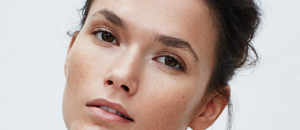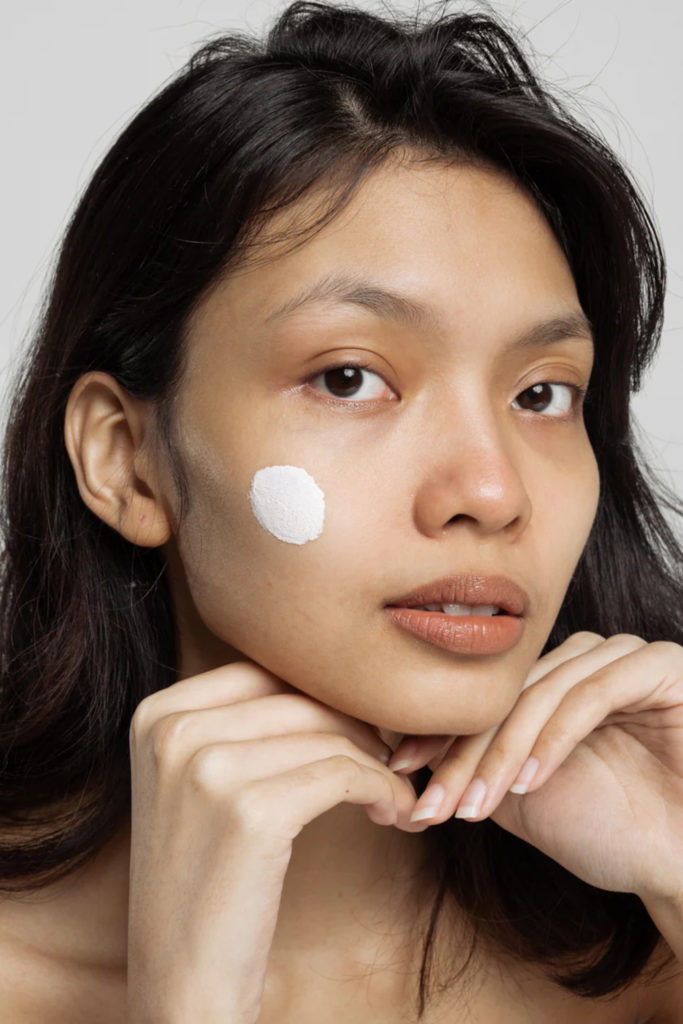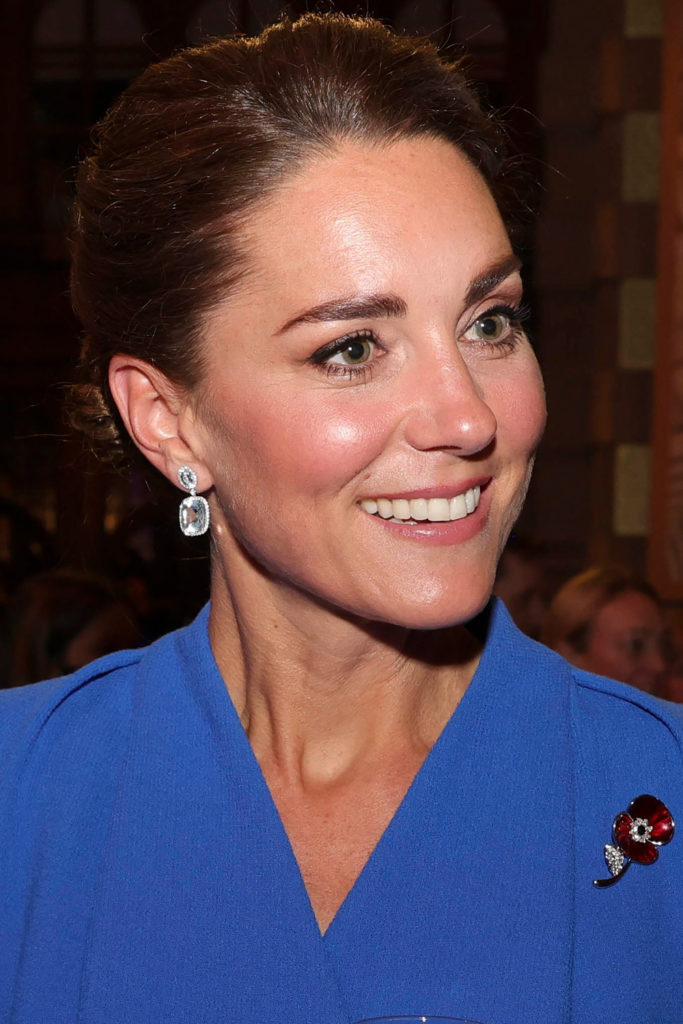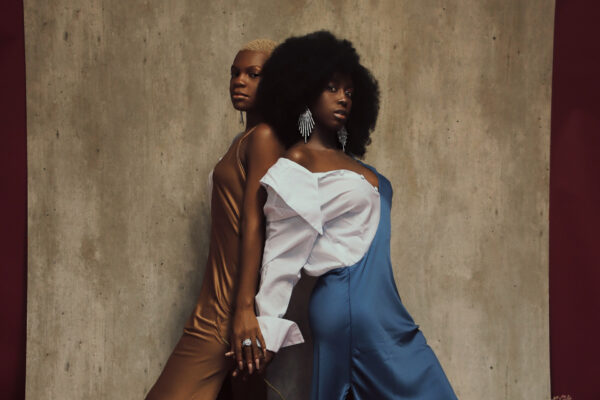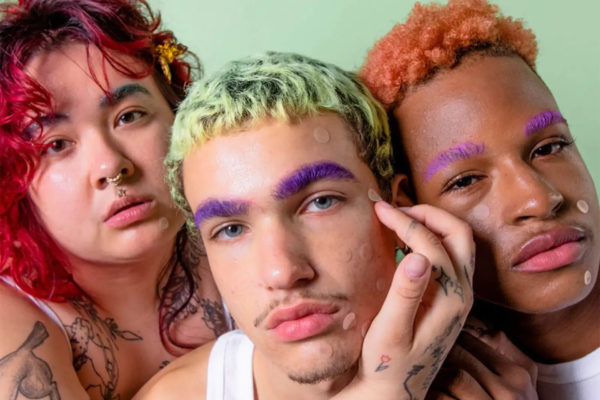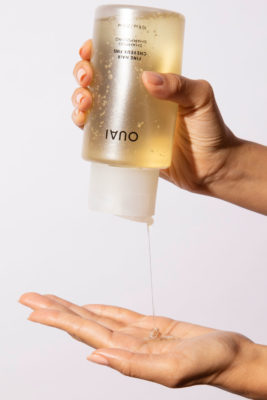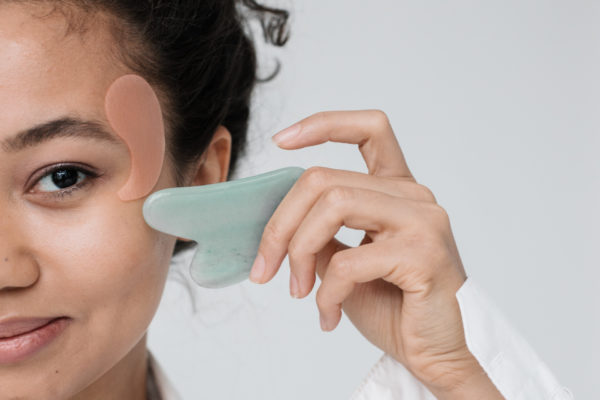Why You Should Be Investing In Your Scalp Health This Year
By
1 year ago
(Scalp) health is wealth, as they say
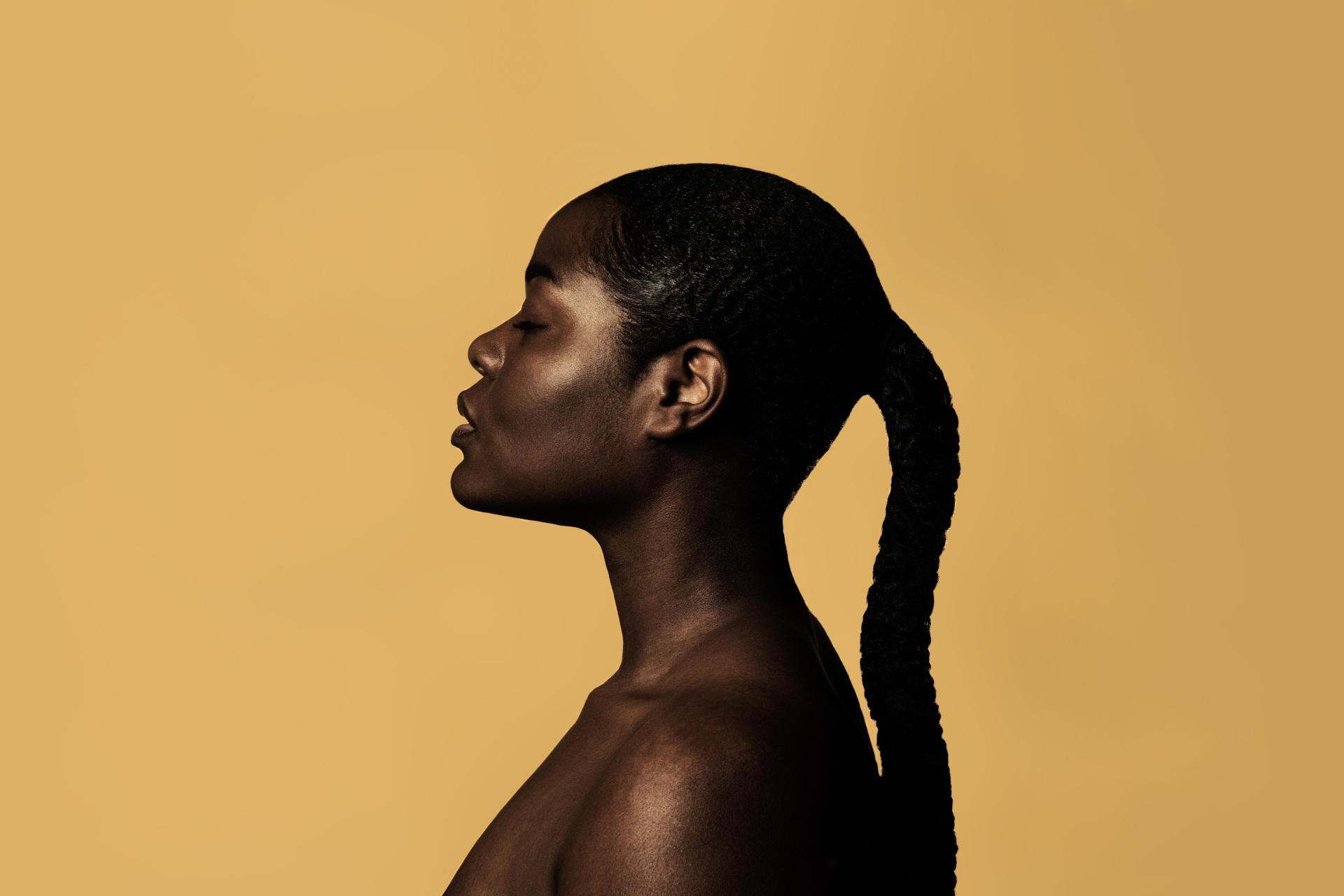
Dry roots, itchy skin and dandruff getting you down? Then you’ve come to the right place. We asked the experts how best to navigate good scalp health, from care routines and soothing ingredients to the daily habits to avoid.
Scalp Health 101
What Do We Mean When We Say ‘Scalp Health’?
‘Scalp health is the process of caring for the skin that covers your head,’ explains Rose Ovensehi, a textured hair specialist and founder of Flora & Curl. ‘ Many people tend to avoid the scalp when it comes to using nourishing products such as oils and masks as they assume that this will promote grease – but your scalp is the most important part of your hair. It is where the hair strands grow and absorb their nutrients and therefore it is one of the most vital areas to keep healthy. Scalp health can involve many different processes including massaging, scrubbing and applying hydrating masks, all of which can be very effective.’
The growing interest in scalp health follows more wide-ranging trends like holistic wellness and self-care, Rose tells us, with an emphasis on investing in your own health for long-term results. ‘Instead of wearing heavy coverage makeup and carrying out quick skin and hair routines for ease, people now embrace their natural beauty and take time to make sure that their body and skin is healthy,’ she explains. ‘Skincare soared in popularity last year, with many scrapping their everyday makeup routines and instead adopting a lengthy skin routine full of different, beneficial ingredients to promote glowy, barefaced beauty. So, it’s no surprise that the next step in everyone’s self care regime is scalp care.’
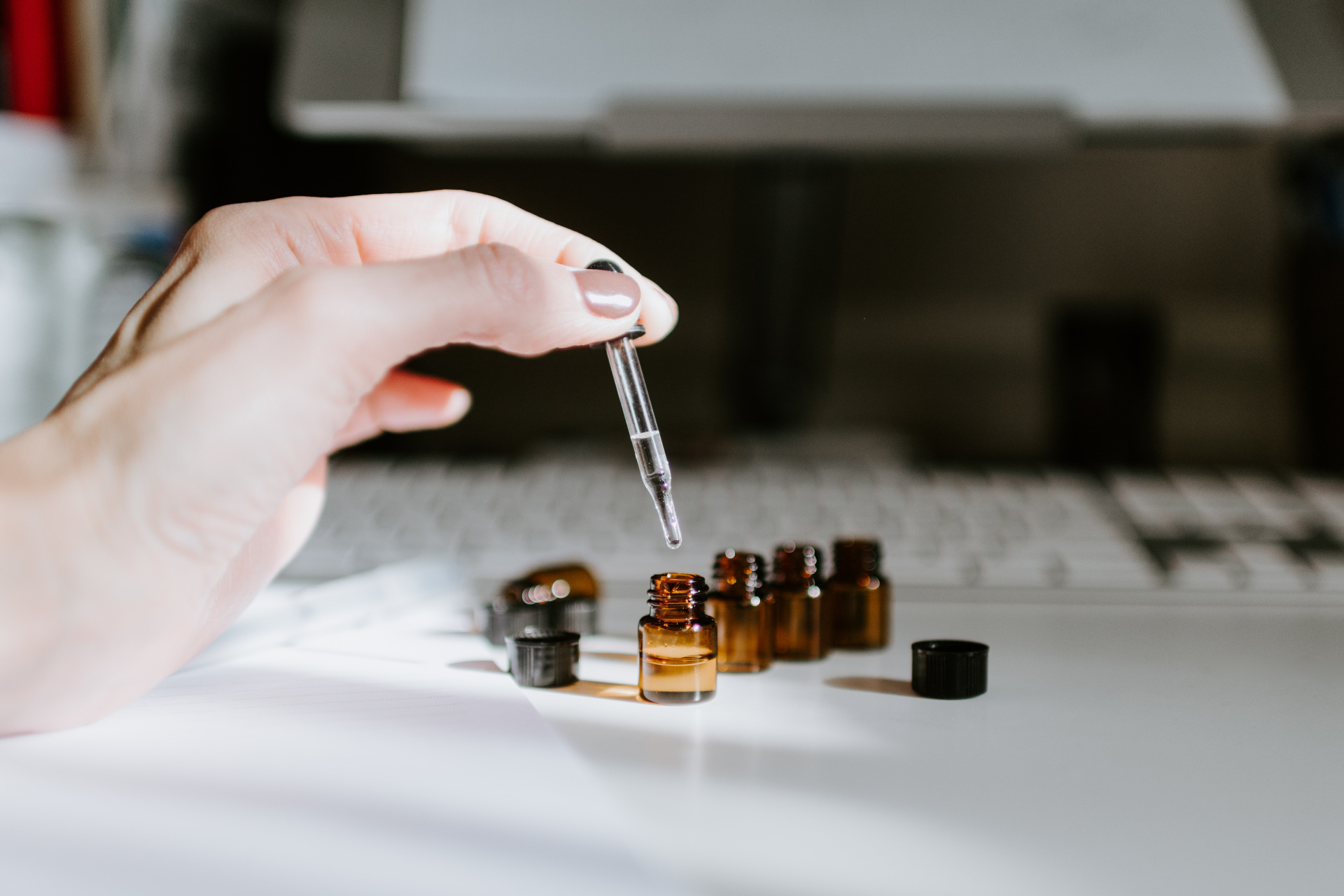
(c) Kelly Sikkema, Unsplash
The Signs Of Good And Bad Scalp Health
Positive Signs
- Healthy growth with no excessive shedding or hair loss
- Hydrated, glossy hair
- No itching or redness
Negative Signs
- Pain and irritation
- Redness and inflammation
- No hair growth or regular hair loss
- Dandruff and flaky scalp
- Excessive oil and build up
What Does A Good Scalp Care Routine Look Like?
‘Everyone’s hair routine is extremely personal to them and there’s no exact science to it,’ prefaces Rose. ‘Scalp care can be completed in a number of ways including oils, scrubs and masks, but ultimately, they all work in the same way with the same objective – they are made of clarifying and cleansing formulas that work to encourage a thorough clean. Remember that the products you choose and how often you use them should depend on your individual hair type, needs and goals.’
As Rose mentioned, this routine will vary from person to person. For textured hair, she recommends: ‘Complete the scalp care process every time you wash your hair. This is because it is very common for those with afro, curly, coily or any similar hair types to experience dry, brittle strands and so extra hydration is always welcomed. Textured hair types also tend to wash their hair less often than those with thinner hair types as they have fewer strands of hair on their head – each strand of hair contains an oil gland and therefore textured hair gets greasier slower as they experience lower levels of oil.’
In contrast for those with thinner hair: ‘If you’re someone with thinner, oilier hair who washes their hair frequently (every one to three days), then I would recommend completing the scalp care process every other hair wash day as fine hair can feel weighed down, heavy and greasy quickly if hydrating products are overused.’
A Step-By-Step Guide
1. Massage
‘While everyone’s scalp care routine will differ, I recommend starting by massaging the scalp for around three to five minutes before wetting your hair to stimulate blood flow,’ starts Rose. ‘This encourages the follicles to open up which increases the amount of nutrients that will be absorbed.’
2. Pre-Shampoo Treatment
Rose continues: ‘Next, detangle your strands with a wide tooth comb and then apply a pre-shampoo scalp care treatment to your dry hair before entering the shower, as this allows the product to coat each strand and lock in moisture before you wet your hair. To make this process easier, divide your hair into sections and apply your pre-shampoo product of choice to each. Take a section and massage your product into the ends of your hair and the scalp.’
3. Go About Your Non-Hair Shower Routine
‘Place a shower cap or gentle, microfibre hair towel on and leave products on the scalp for 15 to 20 minutes,’ continues Rose. ‘In the meantime, continue to wash your body and complete any other shower processes – the heat and steam from the shower will open up the hair follicles to speed up the absorption.’
4. Shampoo & Condition
Now, for the hair washing. ‘Now wash the pre-shampoo product off and proceed to shampoo and condition your hair,’ confirms Rose. ‘For that extra step, invest in a specially-designed scalp care shampoo which works to refresh and soothe your scalp after your pre-shampoo process. I always recommend double shampooing, especially after pre-shampooing, as this will ensure that all products are thoroughly cleansed from the scalp. The first round removes all product build-up and dirt from the hair while the second works to clean and nourish your strands and your scalp. During these processes, make sure to gently massage the scalp to keep the blood flowing.’
5. Styling
‘Finally, for the ultimate protective finish, apply a mist or styling oil and try to avoid heat – you can let your hair air dry with the help of a super-absorbent hair wrap to prevent all breakage,’ she finishes.
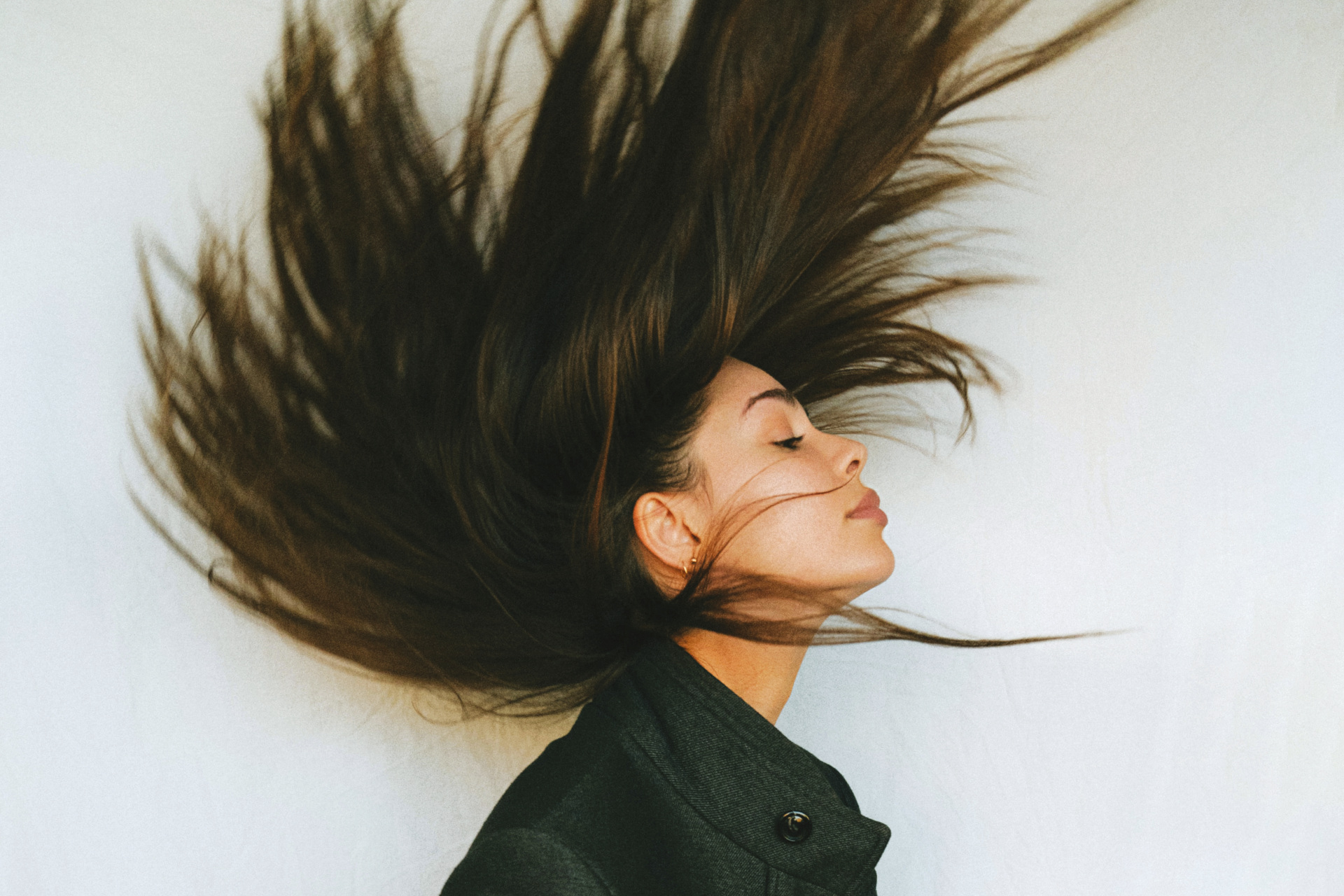
(c) Vinicius Amnx Amano, Unsplash
How Does A Healthy Scalp Help Create Healthy Hair?
Considering they share the same space, it makes sense that your scalp and your hair are going to have an impact on one another. ‘Scalp care is an essential step in achieving and maintaining a healthy head of hair,’ agrees Rose. ‘Your scalp is one of the most (if not the most) important parts of your hair as it is where the hair follicles absorb their nutrients, which can provide many benefits including hair growth, a clean scalp that is free of oils and dirt, increased hydration for the roots and also improved blood flow to the scalp (which ensures strong hair follicles to deter breakage). Overall, your scalp is where each hair strand starts its journey and so you want to ensure that you’re giving it the care it needs.’
Does Bad Scalp Health Cause Dandruff?
For those who struggle with dandruff, one of the things you can do to ease its symptoms is nurture a better environment on your scalp. ‘Bad scalp health can definitely lead to dandruff,’ confirms Rose. ‘It can be caused by dryness, irritation and sensitivity, all of which are symptoms of poor scalp health. However, it’s worth noting that dandruff can also be caused by other skin conditions too such as psoriasis and eczema.’
Bad Habits To Avoid
Steaming Hot Showers
Save the hot showers for later – or at least, not when washing your hair. ‘Overly-hot showers can strip your scalp of all the essential nutrients and oils that healthy hair needs,’ warns Rose. ‘Hot water dries the scalp and makes roots weak, which causes frizz and thinning. It can also make your hair overly-porous, and this again encourages breakage, brittleness and fly-aways. I always recommend finishing your showers with a minute of cold water as this will close the pores and will also leave the scalp cool and calm. For maximum protection, opt for lukewarm showers or just lower the temperature before hair washing.’
Too Much Heat
As is the case for many hair and skin issues, excessive heat can only play into the problem and make it worse. ‘Heat is often the main cause of hair damage as it can dry out the hair follicle and burn the scalp,’ explains Rose. ‘It is therefore vital to limit your heat usage in order to maintain a healthy scalp. Try to let your hair air dry where possible – I always recommend using an extra-absorbent hair towel to eliminate the need for a hair dryer. If you do need to use a hairdryer then try to avoid using the highest heat setting, as this can cause damage and disrupt your hair growth – choose the lowest heat setting and be patient.’
Being Rough With Wet Hair
Hair is super susceptible to breakage – especially when it’s wet. ‘Your hair is in its most fragile condition when it’s wet,’ adds Rose. ‘It is three times more vulnerable, so a gentle touch is key. In general, avoid brushing wet hair as it can damage already fragile strands and can be extra harsh on your scalp too. If brushing is necessary, a wide tooth comb is the safest solution when detangling wet hair. If you’re concerned with being able to detangle, try doing so while your conditioner is in your hair by keeping a wide-toothed comb in your shower. Your hair is less likely to break with the slip of the conditioner, allowing you to work out knots before your hair dries. Also avoid sleeping with wet hair too as it can cause overnight breakage.’
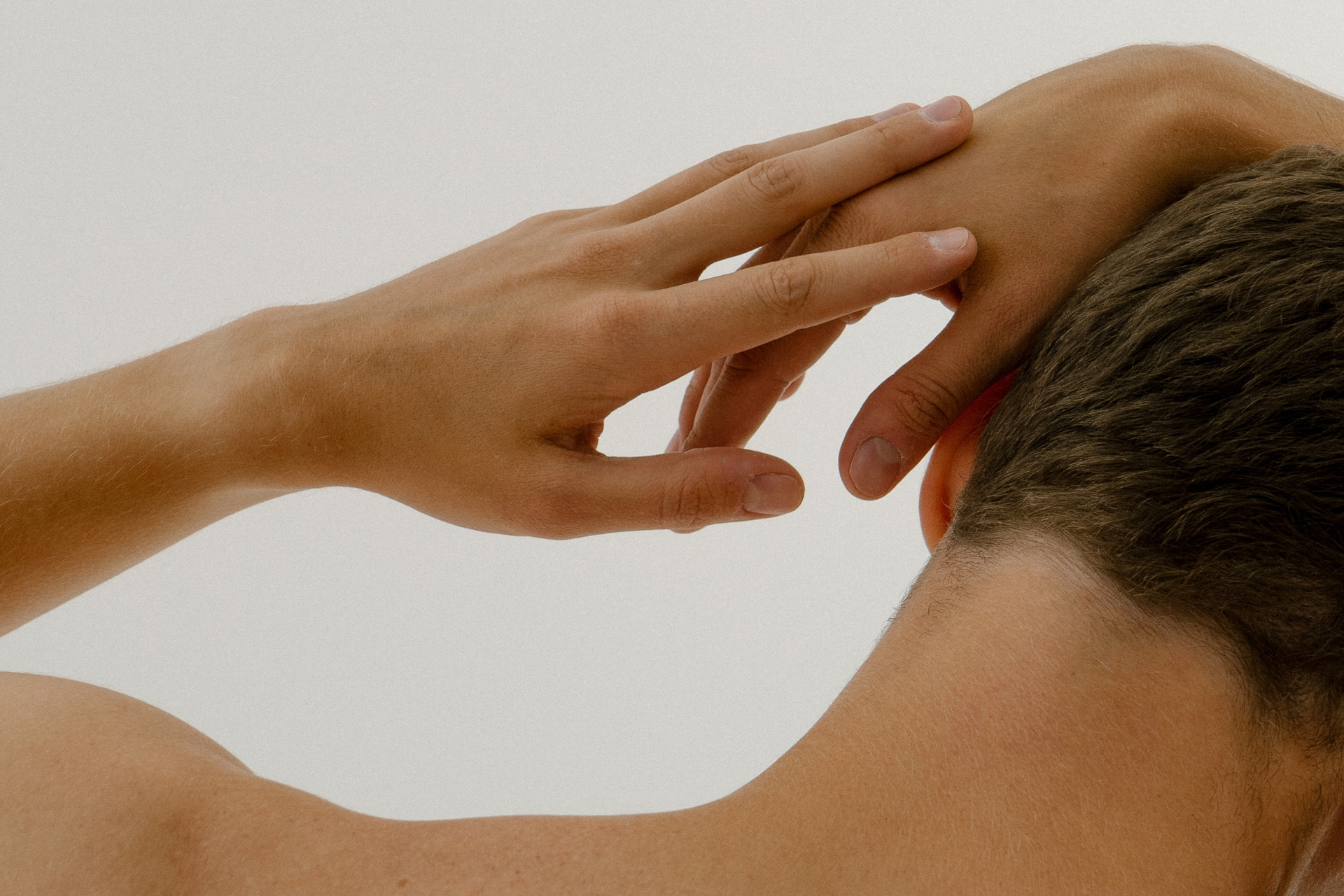
(c) Masha Rostovskaya, Unsplash
Ingredients To Look Out For
When shopping for new hair products, there are a few ingredients you can look out for that help with maintaining a healthy scalp. ‘The first ingredient to look out for is rosemary oil, which promotes hair growth,’ says Rose. ‘I also always recommend using products that contain aloe vera as not only does this create a beautiful, soft consistency but it also helps to strengthen and repair hair, perfect for new, growing strands to remain healthy during their hair journey. Eucalyptus is another great ingredient for scalp health as it is calming and therefore relieves any itching or dryness.’
And now for the baddies: ‘I never recommend using any products that contain harmful ingredients such as sulphates and parabens, which are way too harsh on hair,’ says Rose. ‘They are all extremely drying and strip your strands of all natural moisture. I would also steer clear of all artificial colours and fragrances, especially when it comes to scalp care as they have been known to lead to a range of skin reactions, including redness, itching and dermatitis.’
Featured image: Jessica Felicio, Unsplash


